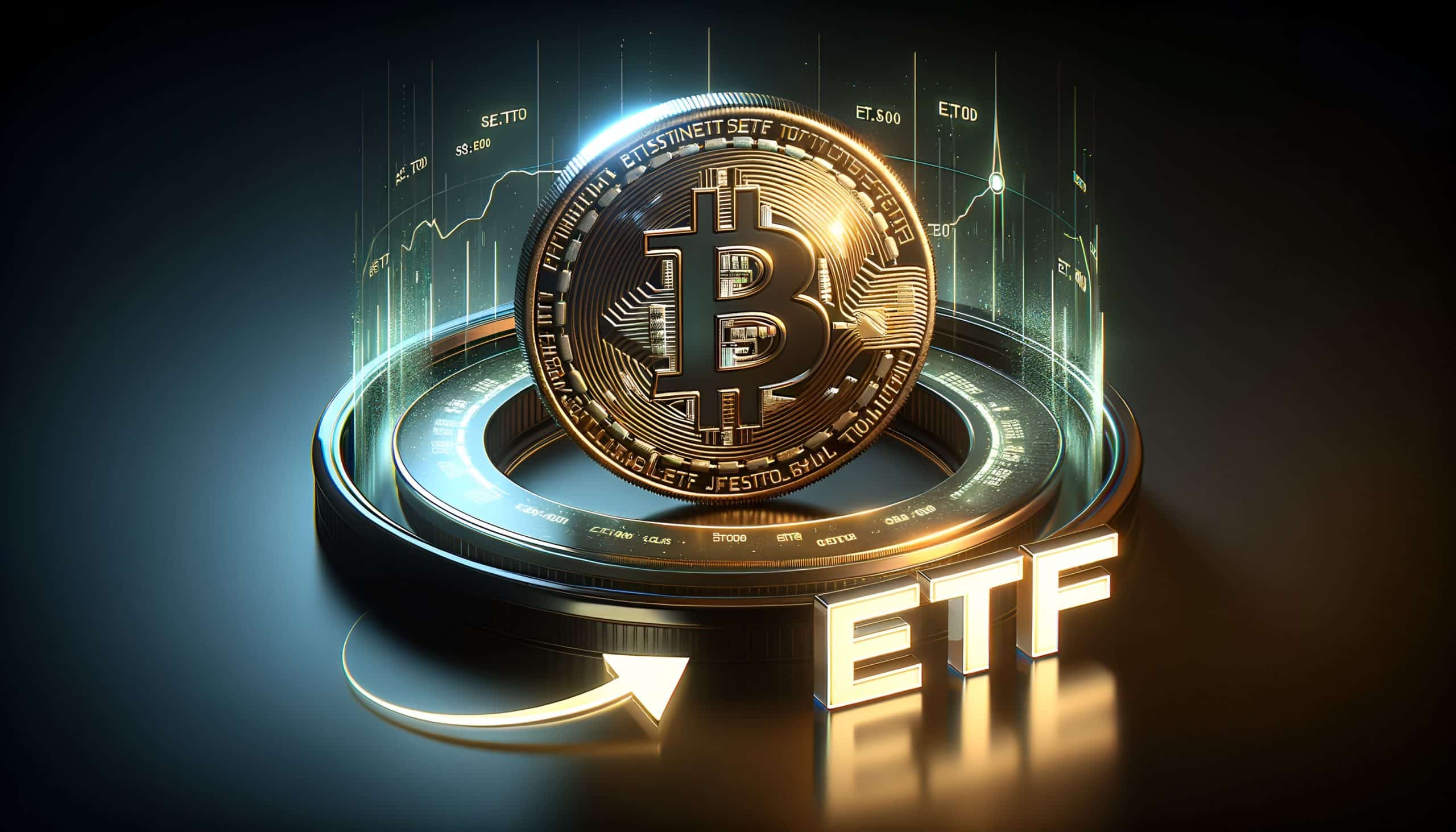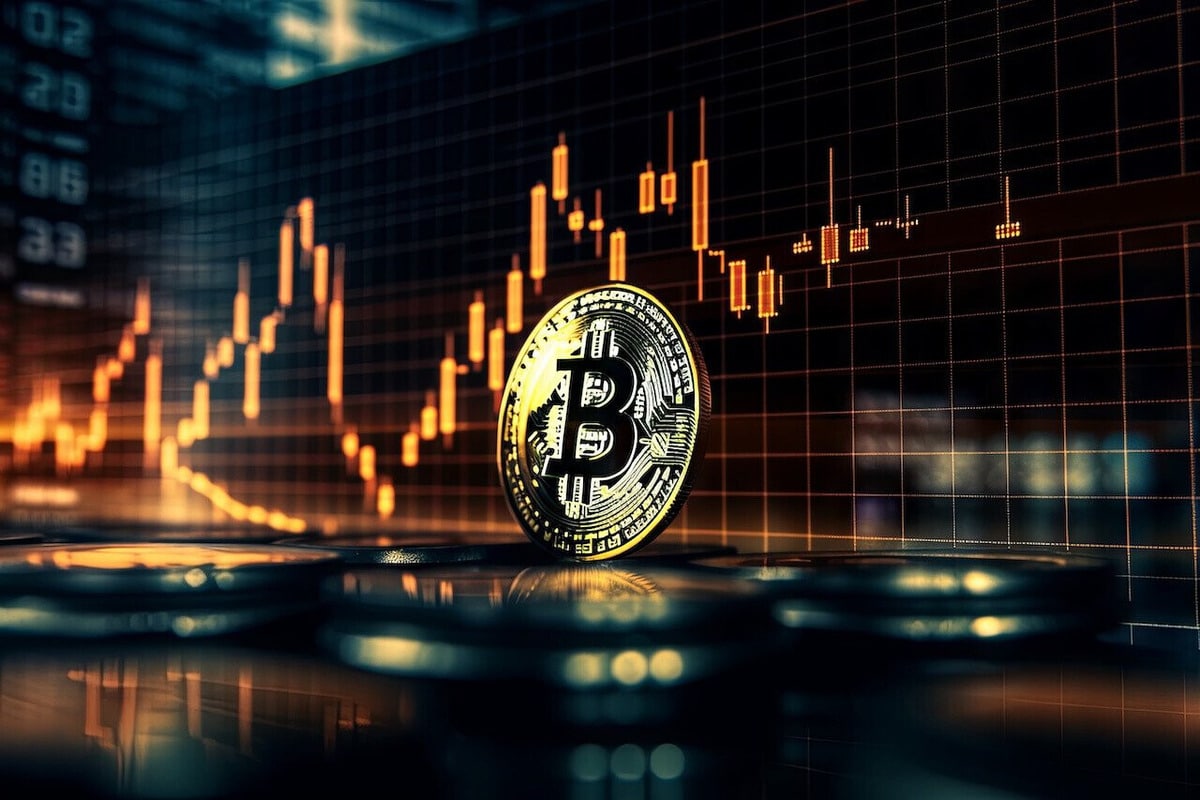Founders of Blur launch interest-bearing Layer2 Blast Replicating the airdrop gameplay of Blur points, the test network will go live in January next year, initiating activities.
Blur Founders Launch Interest-Earning Layer2 Platform Blast Replicating the Airdrop Gameplay of Blur Points. Test Network to Launch in January, Kicking Off Exciting Activities.Author: Nancy, LianGuaiNews
The Layer2 track welcomes a new player. On November 20th, as Blur opened the second season of airdrop applications, its founder LianGuaicman announced the establishment of a new company called Blast, which aims to build a universal Layer2 solution. The company has raised $40 million for the Blur ecosystem.
It is said that Blast is a Layer2 network based on Optimistic Rollup, and it is created by LianGuaicman and a team with extensive experience in MakerDAO, MIT, Yale University, and Seoul National University. Currently, Blast’s contributors have received $20 million in financing, with investment institutions LianGuairadigm, Standard Crypto, eGirl Capital, and Mechanism Capital, as well as angel investors such as Andrew Kang, co-founder of LianGuairadigm, Lido strategic advisor Hasu, and The Block CEO Larry Cermak. Among them, LianGuairadigm and eGirl Capital are also investors in Blur.

- Institutional funds pouring in $1 billion into the crypto market, how will Bitcoin halving affect subsequent investments?
- After graduating from Ant Group, they flock to Web3
- Is the ‘big thunderstorm’ in the encryption industry resolved? Binance may pay a $4 billion fine to the US Department of Justice for settlement.
Blast is also the only Ethereum Layer2 solution with native rewards in ETH and stablecoins, while the benchmark interest rate for existing Layer2 solutions is 0%. According to the introduction, Blast allows native participation in ETH collateral, and the returns from collateral will be returned to the users and DApps of Layer2. On Blast, users’ balance will automatically compound, and they will earn additional Blast rewards. Specifically, when users cross-chain ETH or stablecoins like USDC, USDT, and DAI to Blast, it will be deposited into protocols like MakerDAO in the chain’s treasury, and the returns will be passed back to Blast users through Blast’s automatic underlying stablecoin USDB. Blast believes that this advantage alone can attract $20 billion in liquidity.
Blast has adopted a similar airdrop strategy to Blur and other projects, attracting users’ participation through long-term point incentives and expected token airdrops. The Blast official website shows that the Blast community airdrop will be divided into two parts: early members (50%) and developers (50%).
Users can participate in the early airdrop activity by bridging to Blast and inviting friends, but they need to complete steps such as binding a X account, joining the official community, and connecting a wallet to receive the airdrop. According to the current airdrop rules of Blast, besides receiving double points for bridging any amount within 7 days (can only be withdrawn after the main network goes live), Blast also introduces a social invitation gameplay, where users can earn different levels of reward points by inviting and being invited. In particular, inviting big users can earn more points and improve their rankings on the leaderboard.
Moreover, users can also unlock super rotations (10 times the regular rotation) and an additional 10 invitation slots by inviting and forming a group when the group has 5 ETH.

Developers who participate in the airdrop event will need to wait for the Blast testnet to launch in January next year. For Layer2 tokens that have not yet been issued, Blast’s real money may attract many developers. It is worth noting that currently Blast is only open to invitees for testing, and they can earn profits (4% ETH + 5% stablecoin) and receive Blast points rewards before the mainnet launches in February 2024. All airdrop points will be redeemed in May 2024.
Regarding the reasons for the launch of Blast, LianGuaicman explained in a post on X, “Reducing transaction costs and institutional-level NFTs are the two major opportunities for NFT development. In the past, GAS used in NFT transactions has cost hundreds of millions of dollars, and the perpetual transaction volume is six times that of spot trading. However, these opportunities require Layer2. At the same time, the Blur protocol faces another problem: the Blur pool has $100 million TVL without profitability, which means that Blur users are suffering losses due to NFT depreciation. With in-depth research, I realized that almost all on-chain dApps have this problem. A new Layer2 that provides native income for dApps and users can allow the Blur ecosystem to avoid asset depreciation, reduce NFT transaction costs, and launch NFT perps, which promotes the development of all dApps, including Blur.”
At the same time, LianGuaicman believes that Layer2 is not only an execution environment but also an execution and liquidity environment. A Layer2 with native income opens up possibilities for the entire on-chain economy. Perpetuals, indexes, loans, NFTs, and even SocialFi will all benefit from it. LianGuaicman also said, “Blast is providing motivation for the third-season airdrop of Blur. The success of this product will elevate the position of the Blur community, and vice versa.” LianGuaicman also stated that he will personally supervise the development of the Blur and Blast projects.
In addition, LianGuaicman announced that $40 million has been raised to contribute to the Blur ecosystem. This funding will not only be used to build Layer2 applications for NFTs but will also continue to promote NFT development on the ETH Layer1.
Prior to the airdrop feast of Blur, Blast is attracting a large number of community members to participate, and invite codes are flooding social platforms. As of now, the Blast contract address holds assets worth over 4700 ETH.
Opinions in the community about Blast are also mixed. 0xLoki, a researcher at Huobi Incubator, said that all underlying assets on Blast exist in the form of interest-bearing ETH Staking or DeFi protocols. In fact, many underlying assets of public chains used to bear interest, but the profits were swallowed up by the public chain/asset issuers. Blast is now removing intermediaries to make the price difference.
However, the gameplay of Blast has also been questioned for its lack of creativity. Analyst @ChenJianJason pointed out that although Blast claims to be a “Layer2 that can help users make money,” it is actually a platform where users deposit money into Blast, and the platform transfers the money to Layer1, which is Ethereum, for staking and deposits it in Lido, and then returns the interest earned to users, calling it “helping users make money.” But what is the difference between this and users directly staking on Lido themselves? (Except that) they can earn some Blast points. Blast fully implements the gameplay of Blur.
We will continue to update Blocking; if you have any questions or suggestions, please contact us!
Was this article helpful?
93 out of 132 found this helpful
Related articles
- Crypto Shakeup: Altman’s Ousting and the World of Worldcoin
- 1984 A Timeless Masterpiece that Deserves a Revisit
- Emmett Shear becomes the new CEO of OpenAI. Which Web3 projects has he invested in?
- PSE Trading Who is taking the risk for non-clearing DeFi protocols?
- Are all the short-term ETF benefits gone, and is the bull market over?
- The new situation of GMX V2 Increasing liquidity and the long-short imbalance of the GM pool under the influence of the Arbitrum STIP plan
- Binance refutes SEC lawsuit point by point, how does the US SEC respond?






